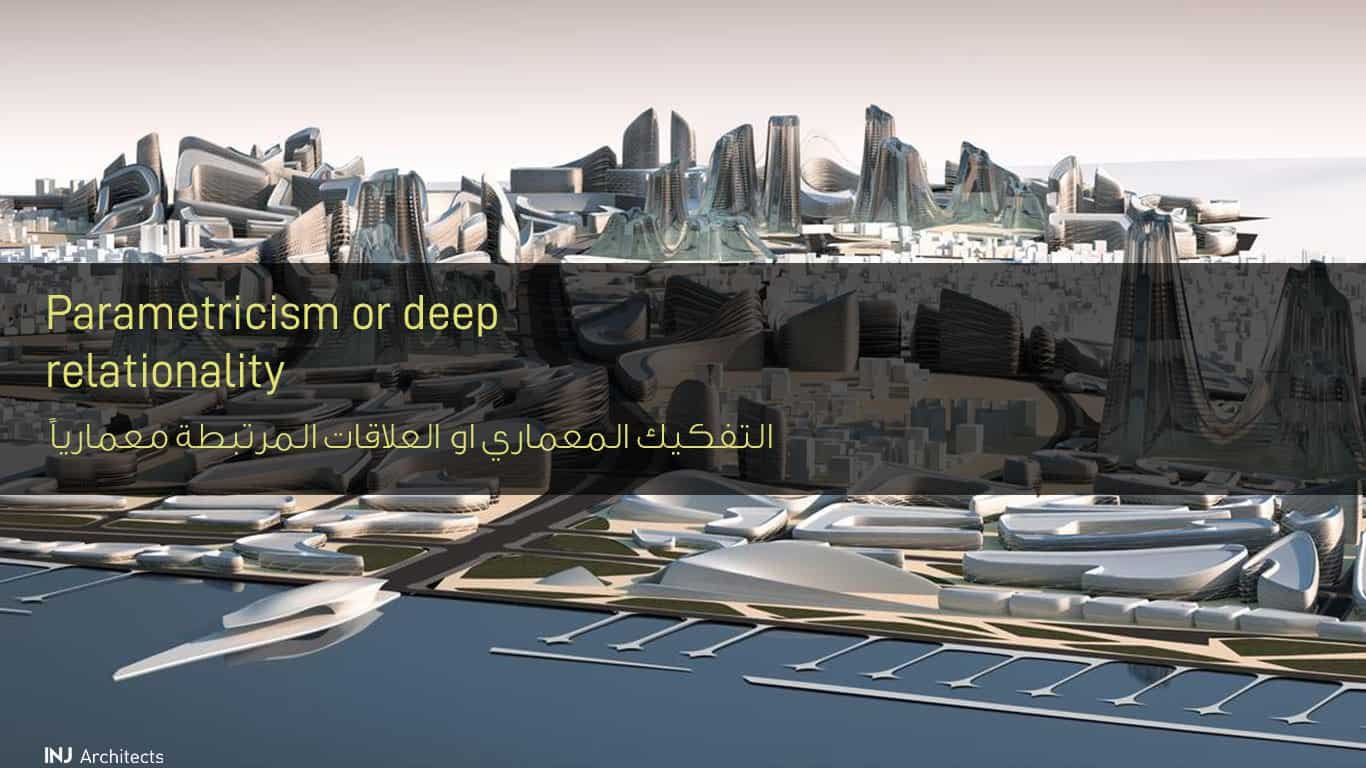Parametricism or deep relationality
Parametricism or deep relationality
Parametricism is a new global style that was fully used in civilized design and architecture despite its existence in the nineties in the form of animation techniques but it appeared completely and developed in recent times, where architects relied on this style in expansion and civilized design, especially the architecture Zaha Hadid which She used it in most of her cultural design in a different and modern fashion.
Parametricism is a method that highlights and demonstrates the strength of the relationship between architecture and urban engineering. This relationship illustrated the way of animation in the mid-1990s, but this method was developed during recent years as it became dependent on programming, modern technologies and systems of modern and advanced parametric designs.
Parametricism is used to dismantle structural and simplify architecture in a civilized manner, and its importance has been shown significantly in interior and exterior architectural designs, and it has been proven through works that the greater the size and scope of the project, this pattern appears in the style and architectural design more clearly.
Works and inferences in contemporary architectural designs are divided into two types:
- Positive deeds and inferences: In this type, all shapes were considered normal and boundary, and they linked the shapes in a contemporary fashion and gradually appeared in the form of varying rates.
- Negative actions and inferences: In this type, some geometric shapes such as circular, square, or triangle shape are avoided, and this method avoids repetition between the elements and the intersection between them.
Laboratory Parametricism does not exist in an advanced fashion unless there is an evolution in computer engineering programs that exist in scripts such as (Mel-script or Rhino-script) and parametric designs (with tools such as GC or DP).
New parameter patterns can be seen in:
1- Parameter in sub-systems: it is evident in the transition between individual systems and the programmed textual linking of designs and sub-methods of multiple forms, and is used in the external structure, internal division and mobility spaces.
2- Form of Parameter: The laboratory is represented by integration through correlations as it is built as a border method with sensitive variables, and the parameter parameters lead to the occurrence of “gestalt disasters”, meaning that the quantitative modification of these parameters leads to qualitative transformations in the perceived formation, as it must Combine surrounding parameters and observer parameters into one border system.
3- Parametric designs and designs, and the response of the present to them: urban and architectural environments have a dynamic capacity within them as factors that allow the environments to recreate and adapt themselves culturally and in response to the prevailing patterns of occupation. Consequently, the modern built environment acquires a responsive agency with different time scales.
4- The deep relationship between parametric designs and architectural designs: The systematic modification of morphologies results due to strong civilizational effects and facilitates field orientation until detailed tectonic organization and internal organization are reached, and parametric civilization works on border highlighting, parametric drawing, and border response to achieve deep bonding.
Also browse: Indoor paints for interior and exterior walls
Some of Parametricism’s uses in contemporary architectural designs:
- Zaha Hadid used this method in making arcades in Istanbul and was in the form of hybrid networks and deformed casting, represented as a final civilized street planning.
- This pattern was used in the work of the global Mayan model and this model is in the form of an overlap between the cross towers and the ocean blocks.
- It was used in the work of Cityscape in a civilized way, and it is a wide place in the gardens spread in a civilized way, and its design is characterized by rhythmic flow and organic cohesion.
- This method was used in making intermittent constellations as it works with the constellations of the constellations in the work of civil fabric to maintain continuity between the texture of the land and the columns of the constellations.
Follow us on Twitter to stay updated







